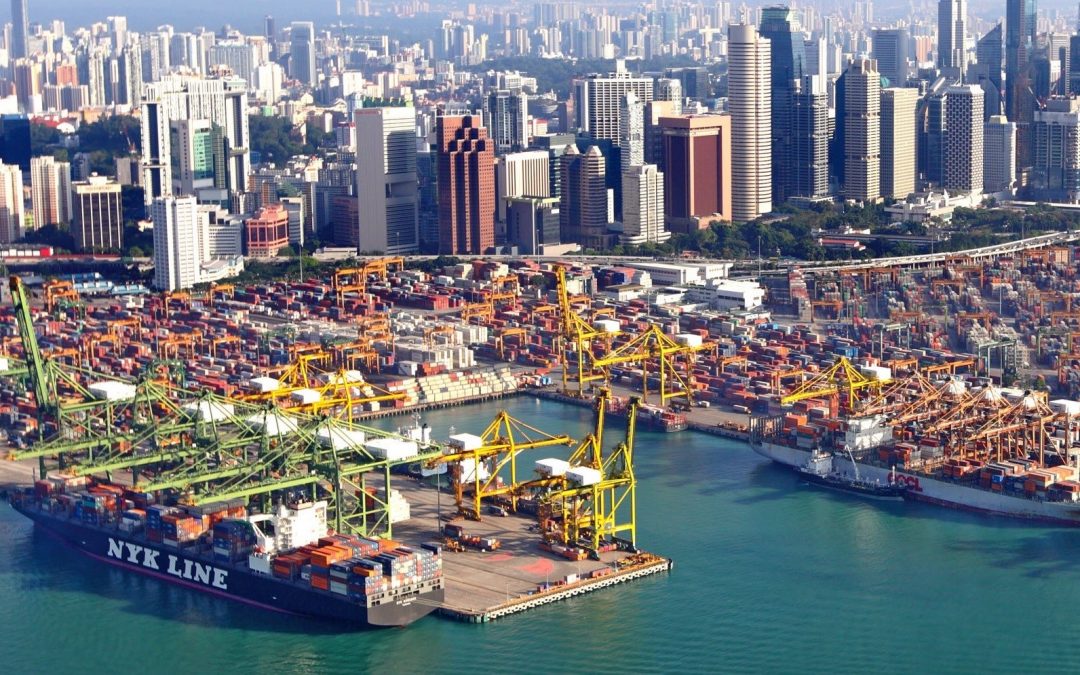Rates for shipping containers from east Asia and China to the US fell this week, but carriers have announced an increase in blank sailings so they can tighten capacity and maintain a floor on prices.
Rates have been falling steadily since July as importers pulled forward peak season volumes to get ahead of the dock workers strike at East Coast and US Gulf ports.
Judah Levine, head of research at online freight shipping marketplace and platform provider Freightos, said some carriers added blank sailings on Asia-to-US routes.
Last week, Mediterranean Shipping Co (MSC) announced four blank sailings on its Asia-USEC 2M service, citing ongoing congestion at some ports related to the brief work stoppage.
Levine said the action could also be to maintain a floor on rates.
Global average rates fell by 4% and are just above $3,000/FEU (40-foot equivalent unit), according to supply chain advisors Drewry and as shown in the following chart.
Rates to the East Coast fell by 6.1% to around $5,200/FEU, with rates to the West Coast falling by 2.6% to around $4,800/FEU, as shown in the following chart.
Transpacific rates are now about 30% below the July peak, and Levine expects them to continue to soften as the market is in a slow period between the end of the Christmas holiday peak season and the Lunar New Year.
“As long as Red Sea diversions continue to absorb capacity on an industry level, prices may not fall much further than seen back in April,” Levine said.
Container ships and costs for shipping containers are relevant to the chemical industry because while most chemicals are liquids and are shipped in tankers, container ships transport polymers, such as polyethylene (PE) and polypropylene (PP), are shipped in pellets.
They also transport liquid chemicals in isotanks.
LIQUID TANKER RATES FLAT TO LOWER
Overall, US chemical tanker freight rates were softer this week for several trade lanes, in particular the USG-to-Brazil and USG-Asia trade lanes as spot tonnage remains readily available.
There has been limited spot activity to both regions and COA nominations are taking longer than usual.
The vessel owners have tried to delay the sailings but there has been very little spot interest in the market leaving no other options for full cargoes and in turn impacting spot rates.
On the transatlantic front, the eastbound leg remains steady as there was ample space available, which readily absorbed the few fresh inquiries for small specialty parcels stemming from the USG bound for Antwerp.
Various glycol, ethanol, methyl tertiary butyl ether (MTBE) and methanol parcels were seen quoted to ARA and the Med as methanol prices in the region remain higher.
Additionally, ethanol, glycols and caustic soda were seen in the market to various regions.
Source: ICIS, By Adam Yanelli, Additional reporting by Kevin Callahan





